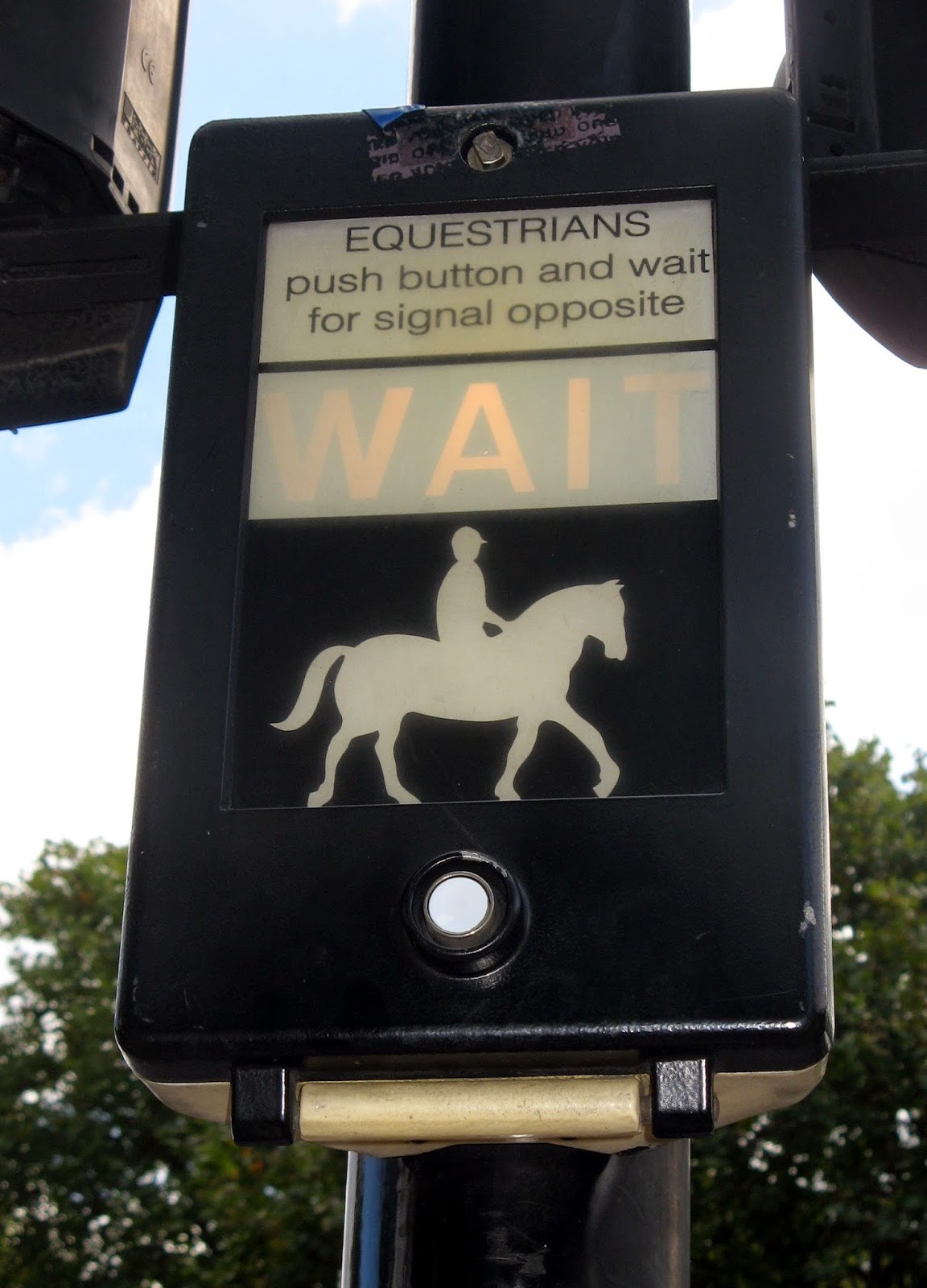Transtextuality - What are you really reading?
 |
| Palimpsests. What are you really reading? Image by Adam Jones |
French literary critique Gerard Genette (1930) took the idea of Bakhtin and Kristeva’s concept of intertextuality - that texts are not the original product of one author- one step further; his work Palimpsests proposes and defines ‘transtextuality’ as a more comprehensive term that determines “all that which puts one text in relation, whether manifest or secret, with other texts.”
In other words, Genette’s theory of transtextuality describes the numerous ways a later text prompts readers to read or remember an earlier one. He puts forward five types of transtextual relations which I have described in my article for Decoded Science, "What is Transtextuality? Understanding The Meaning of the Words We Read."
References:
Genette, G. Palimpsests: Literature in the Second Degree. Channa Newman and Claude Doubinsky (trans.) (1997a). Lincoln, NB: University of Nebraska Press.



Comments
Post a Comment